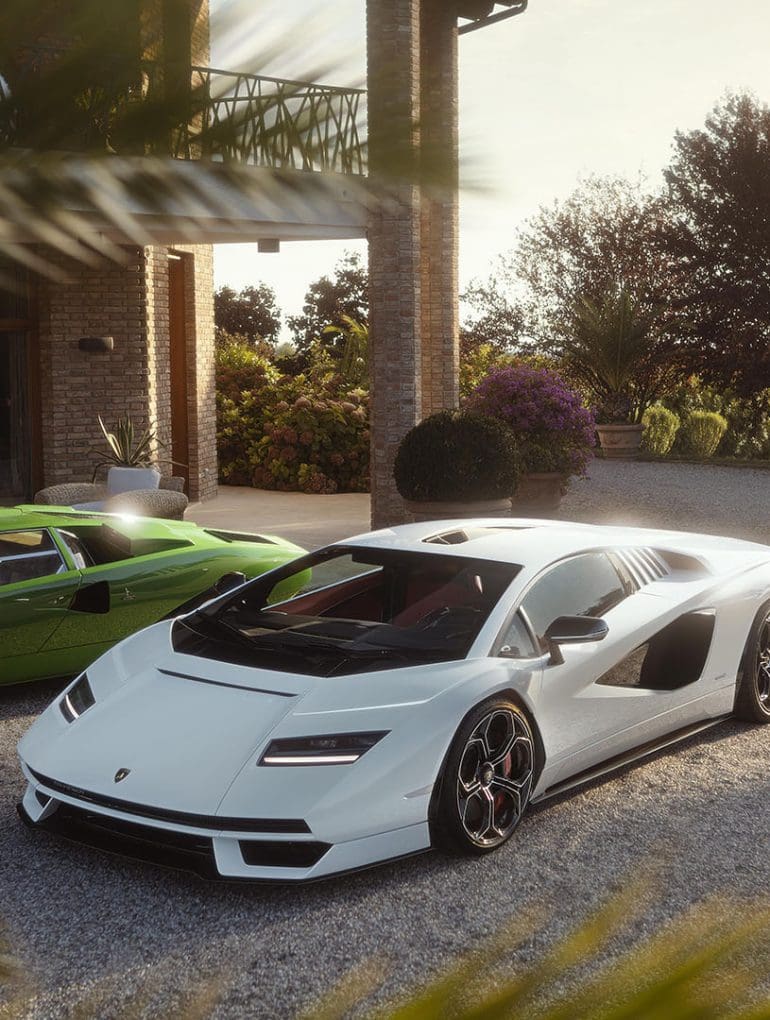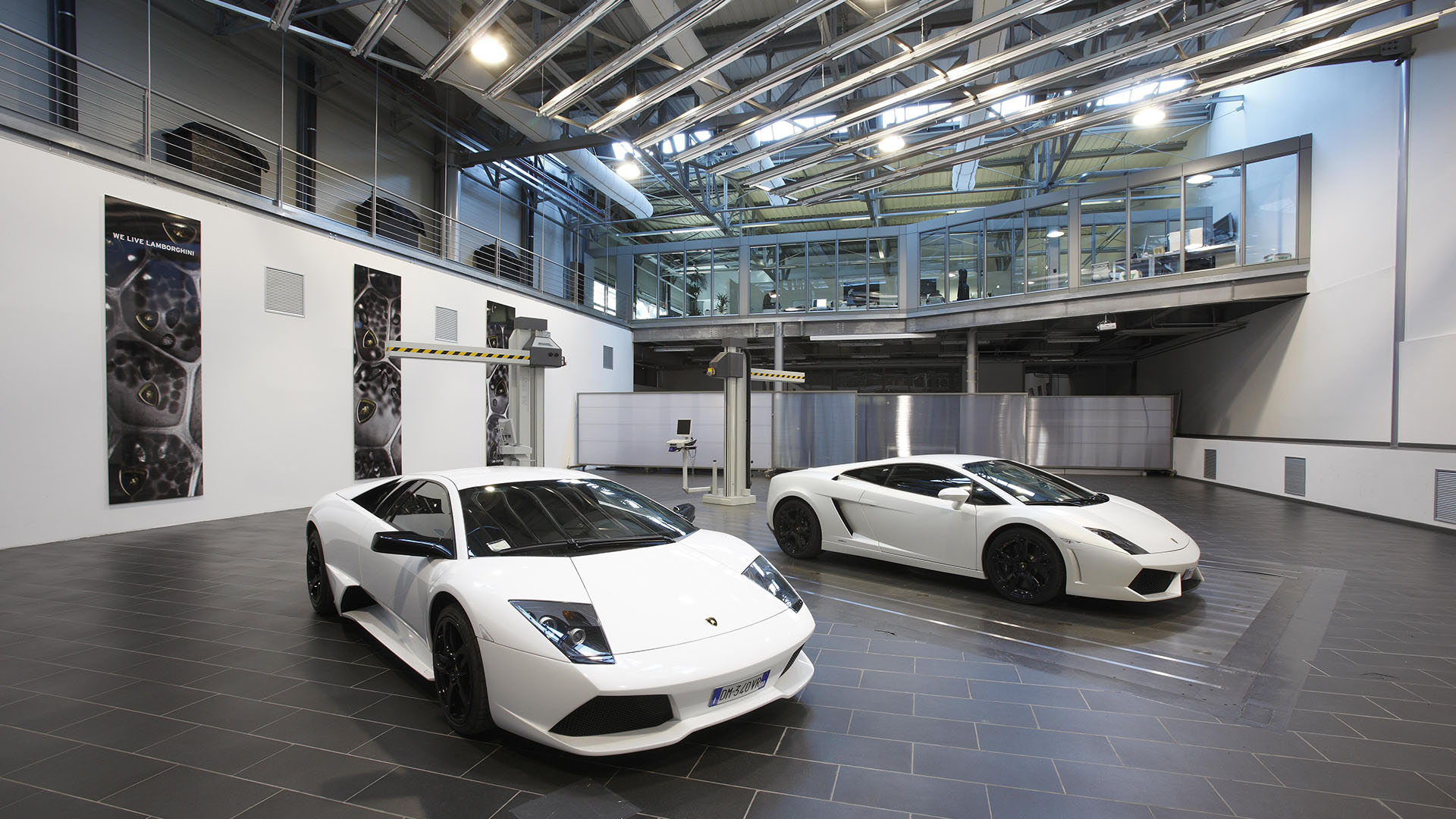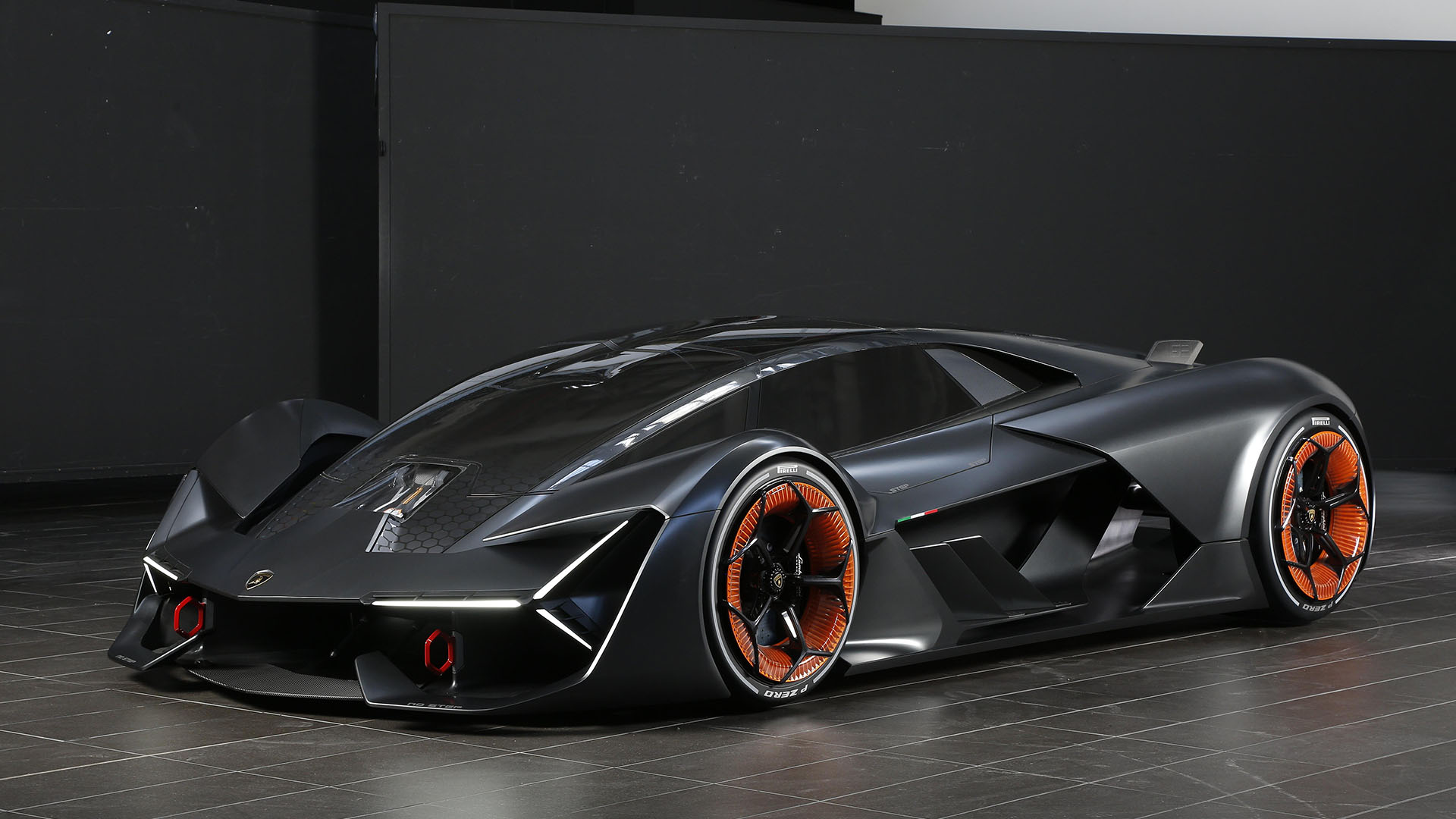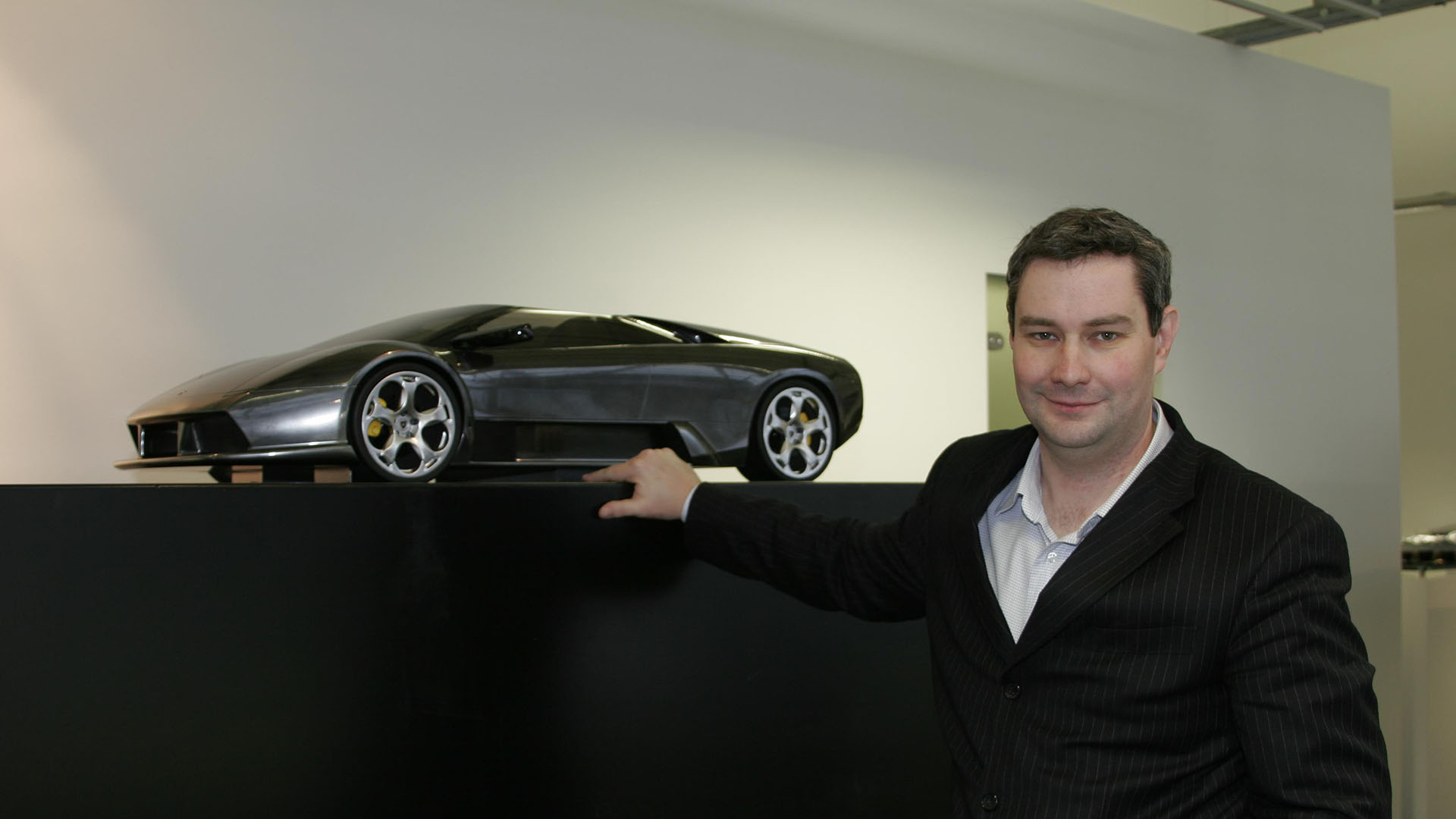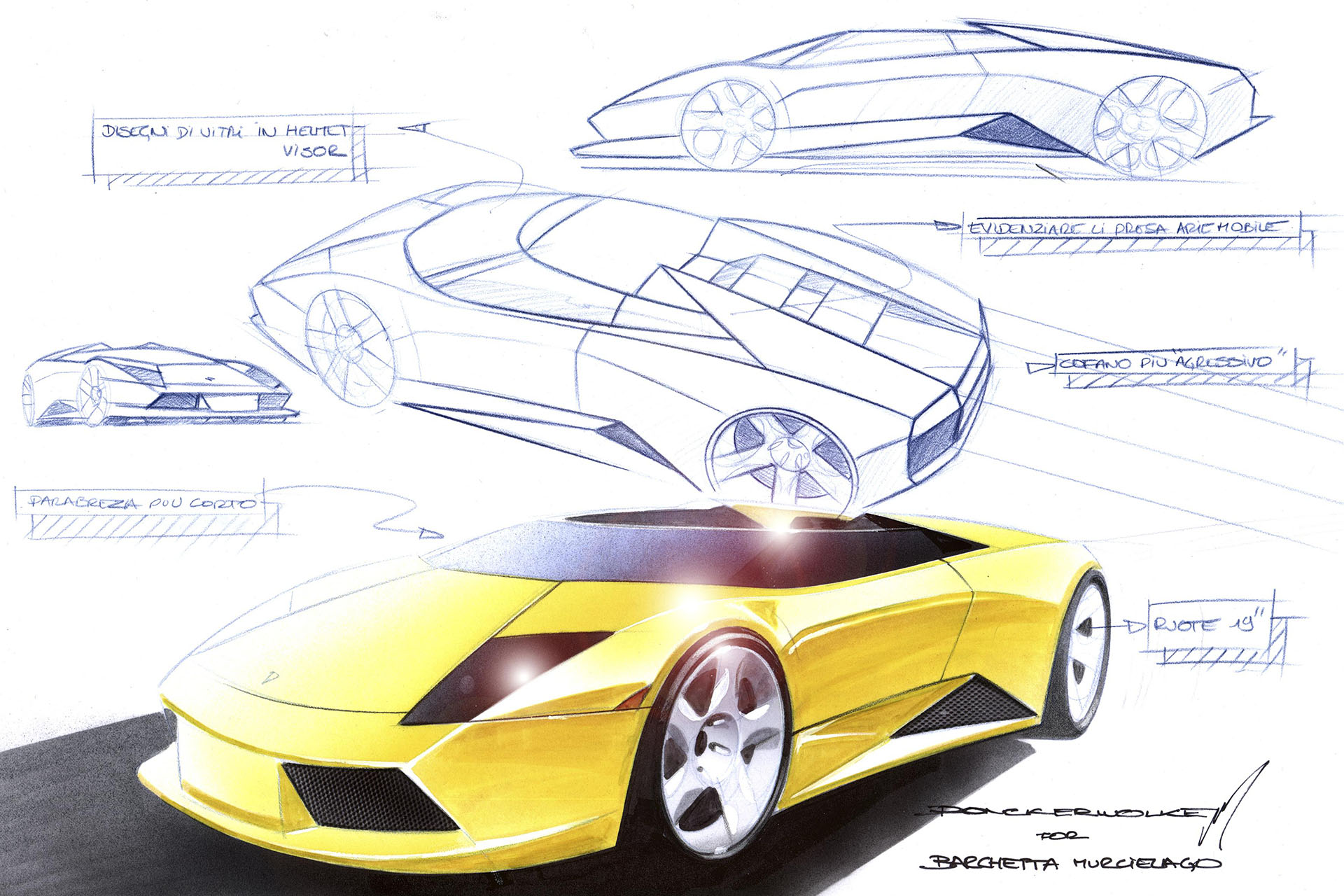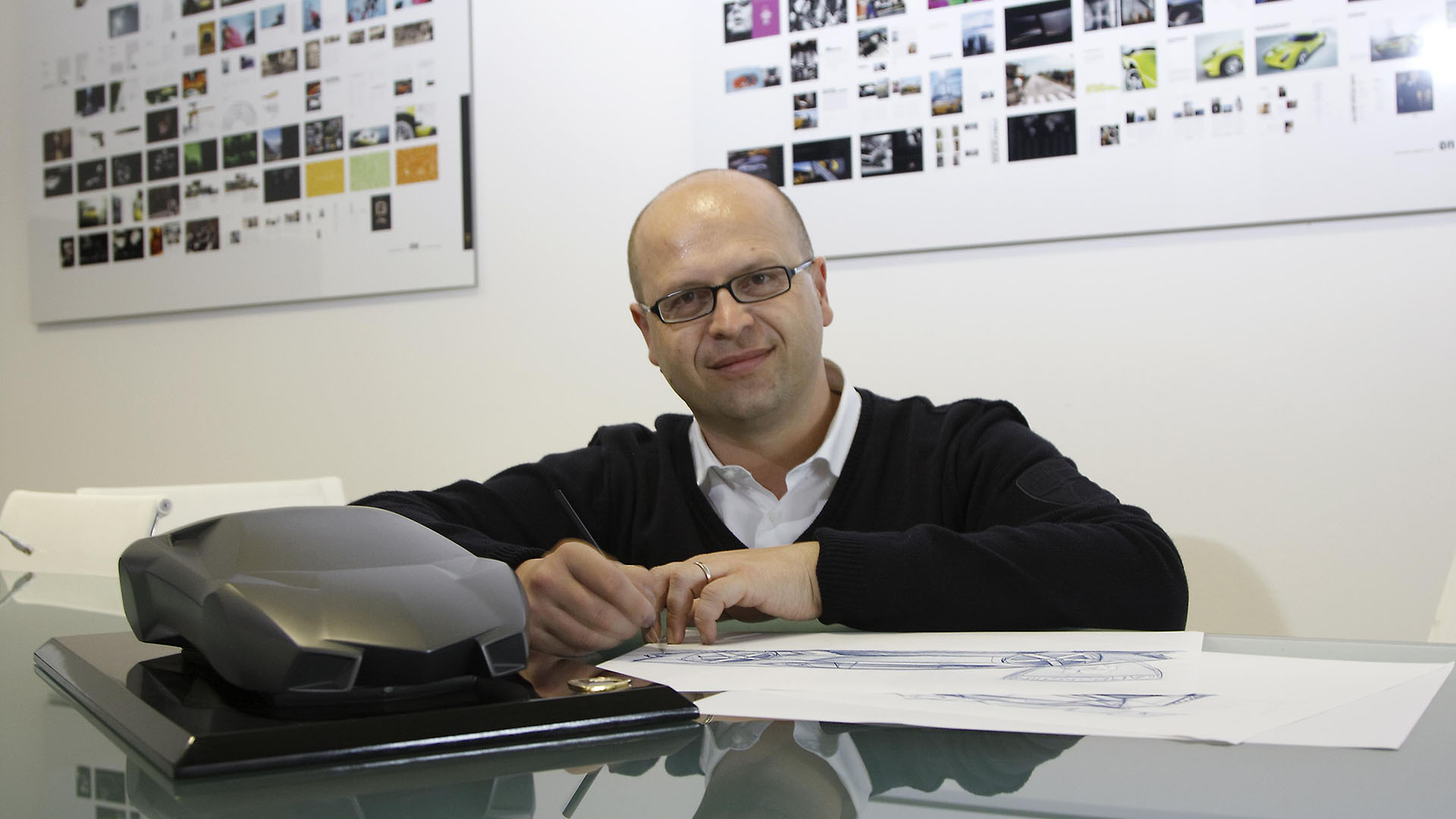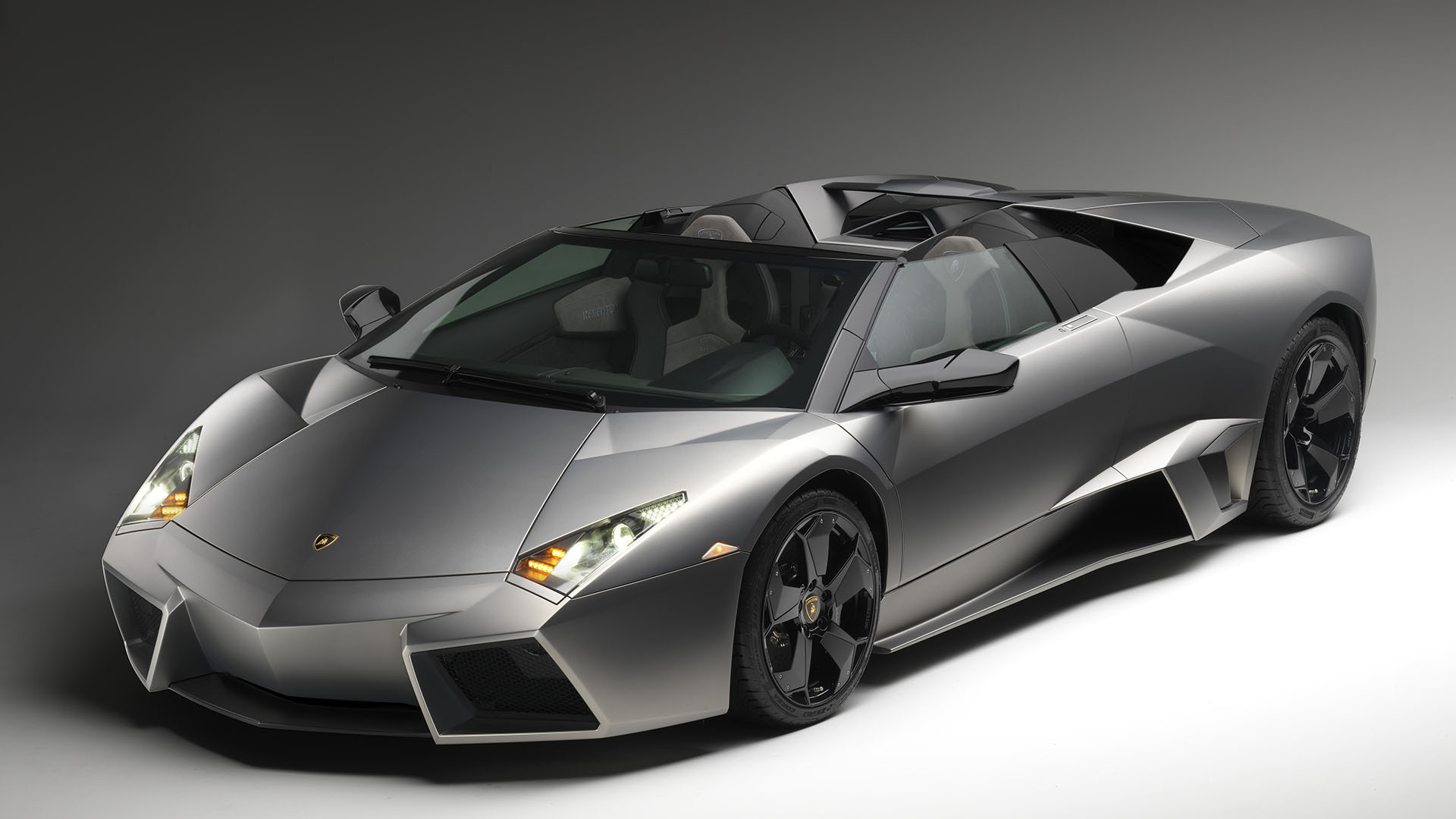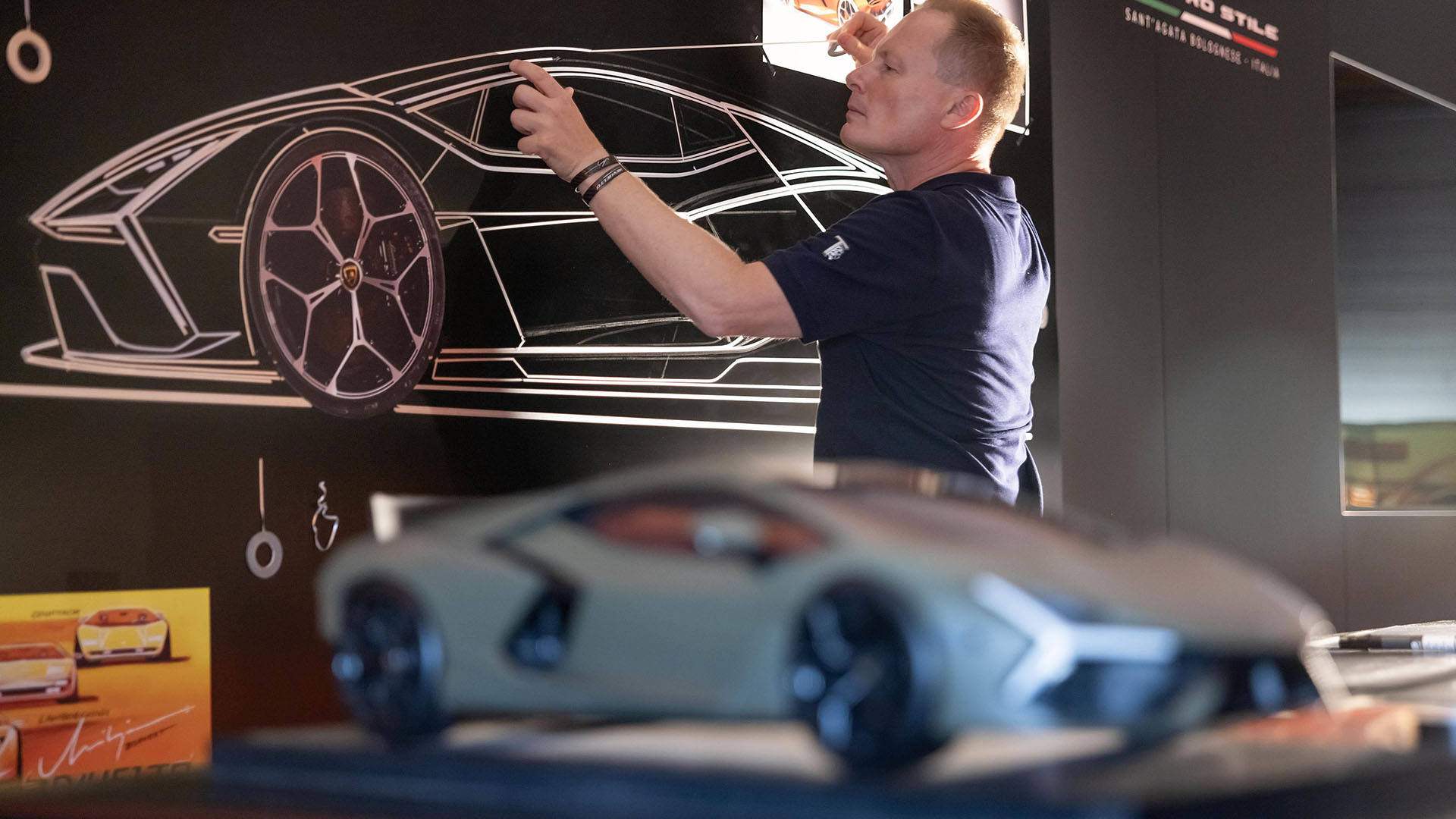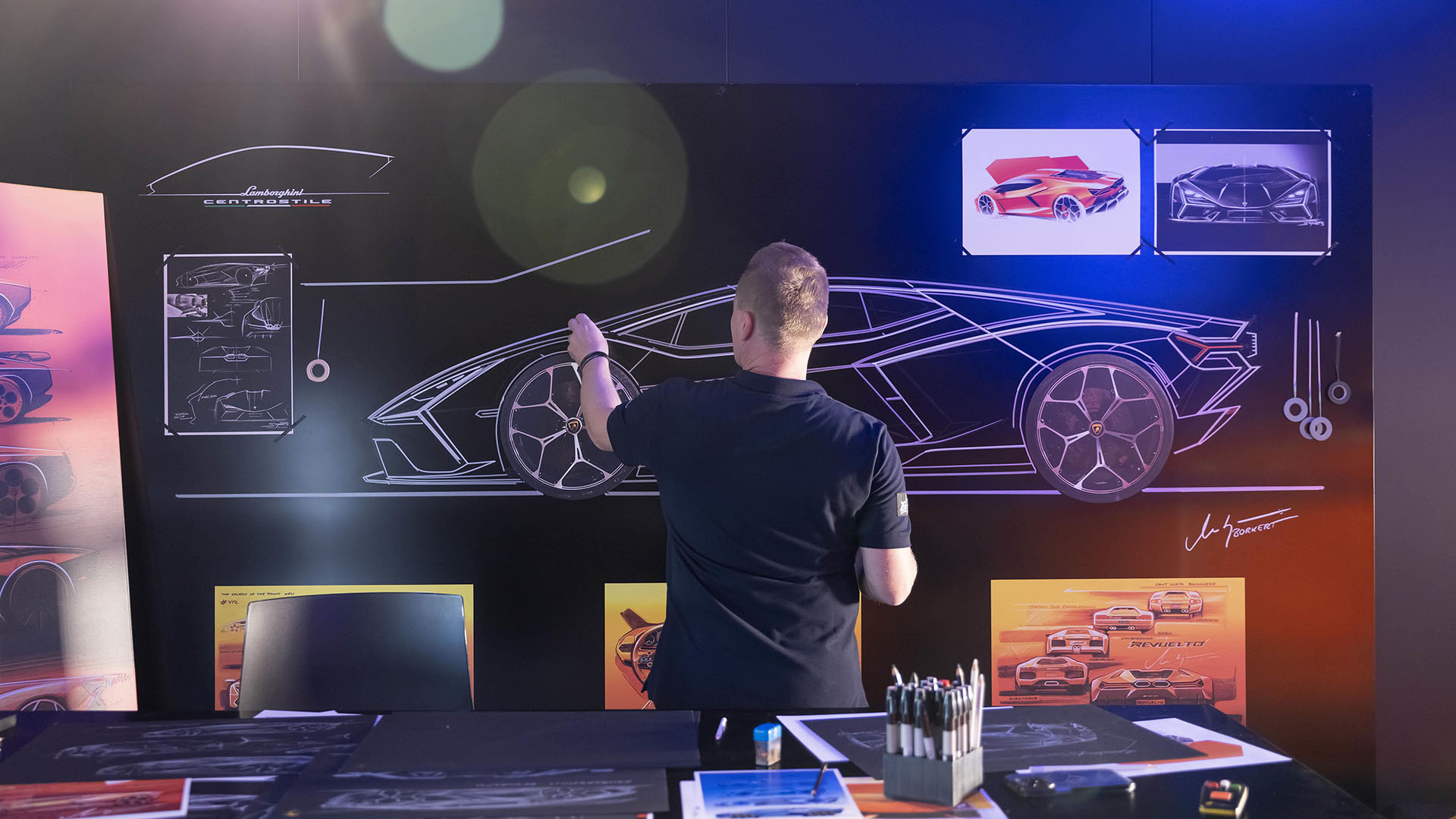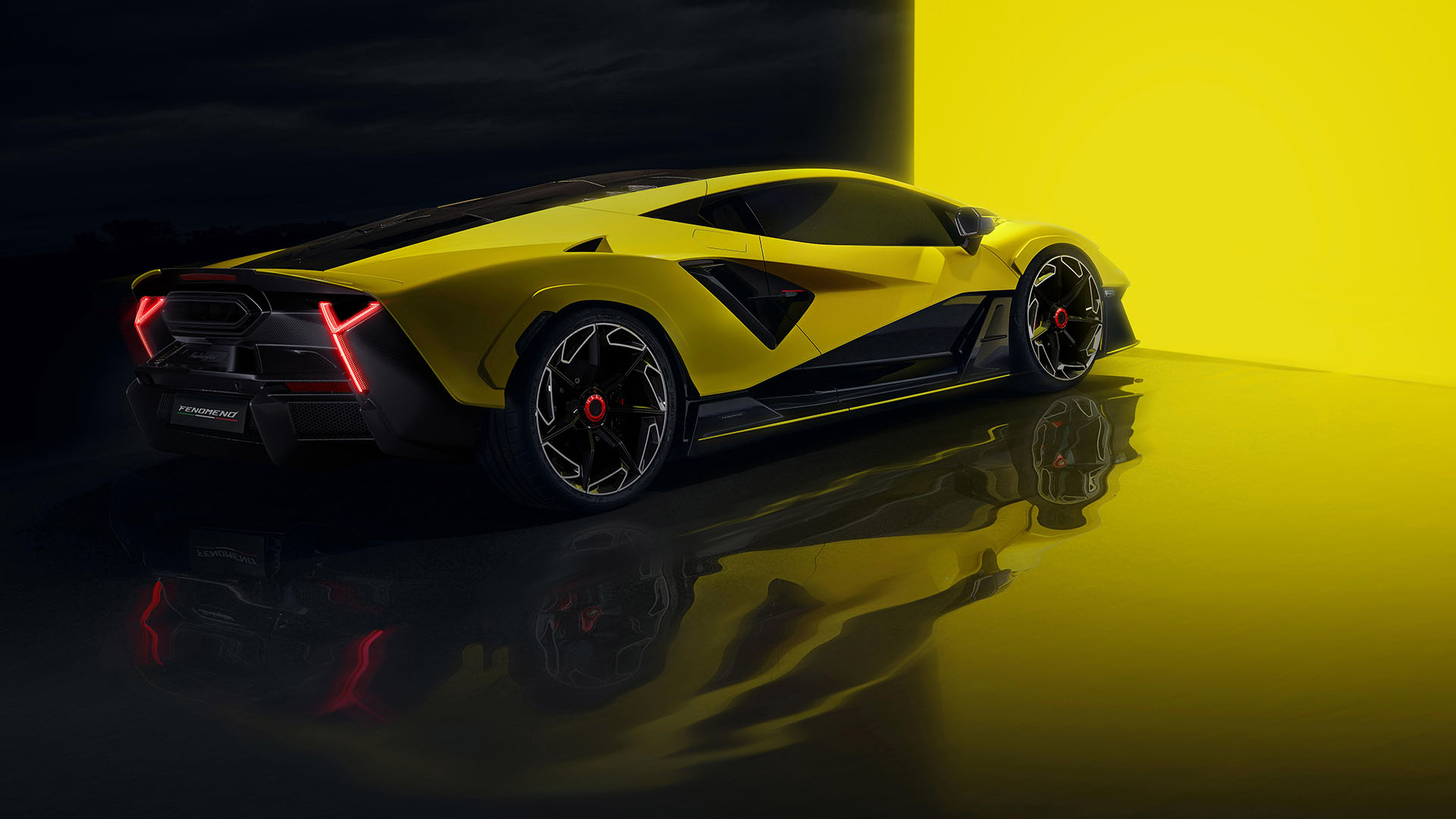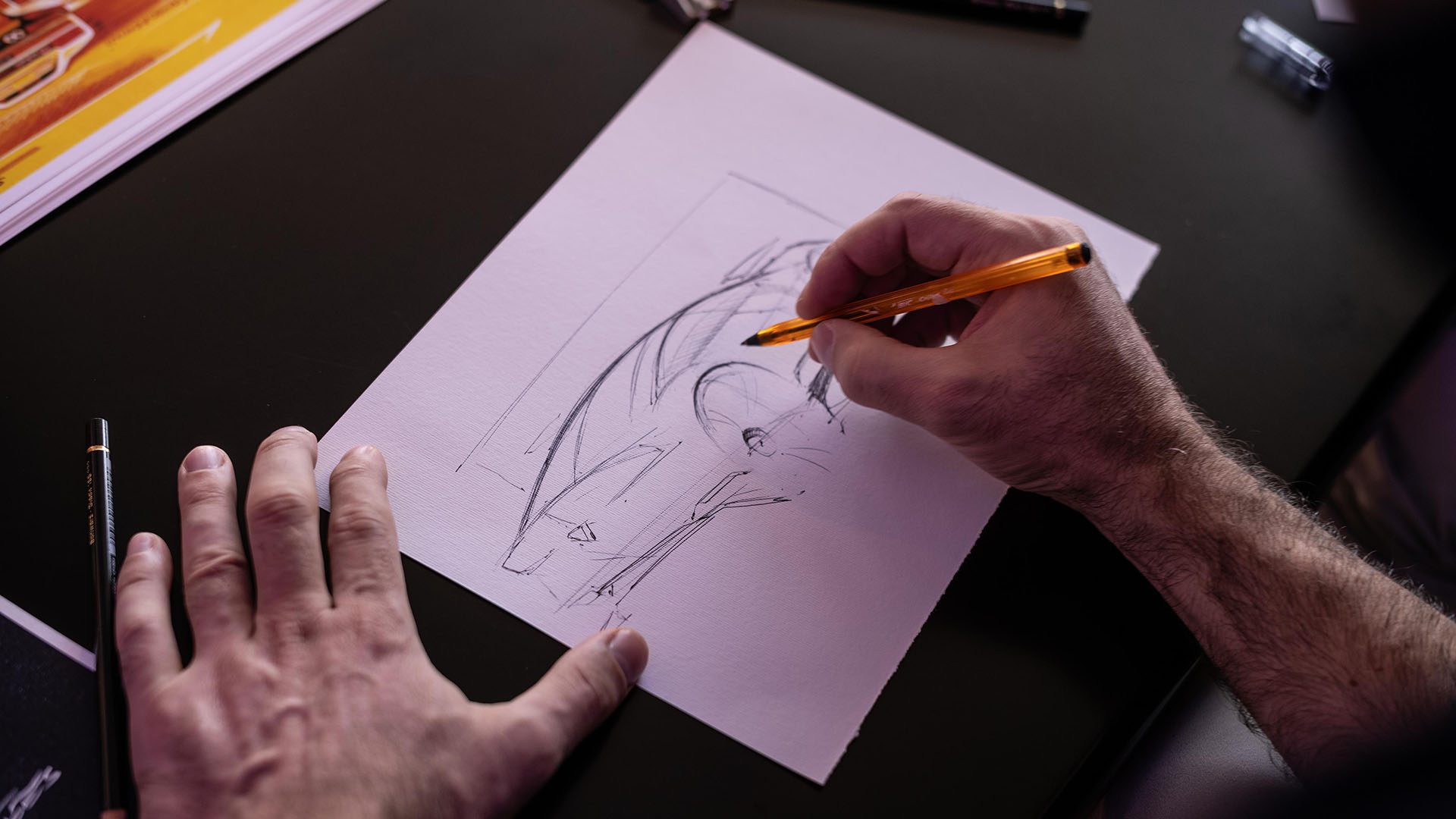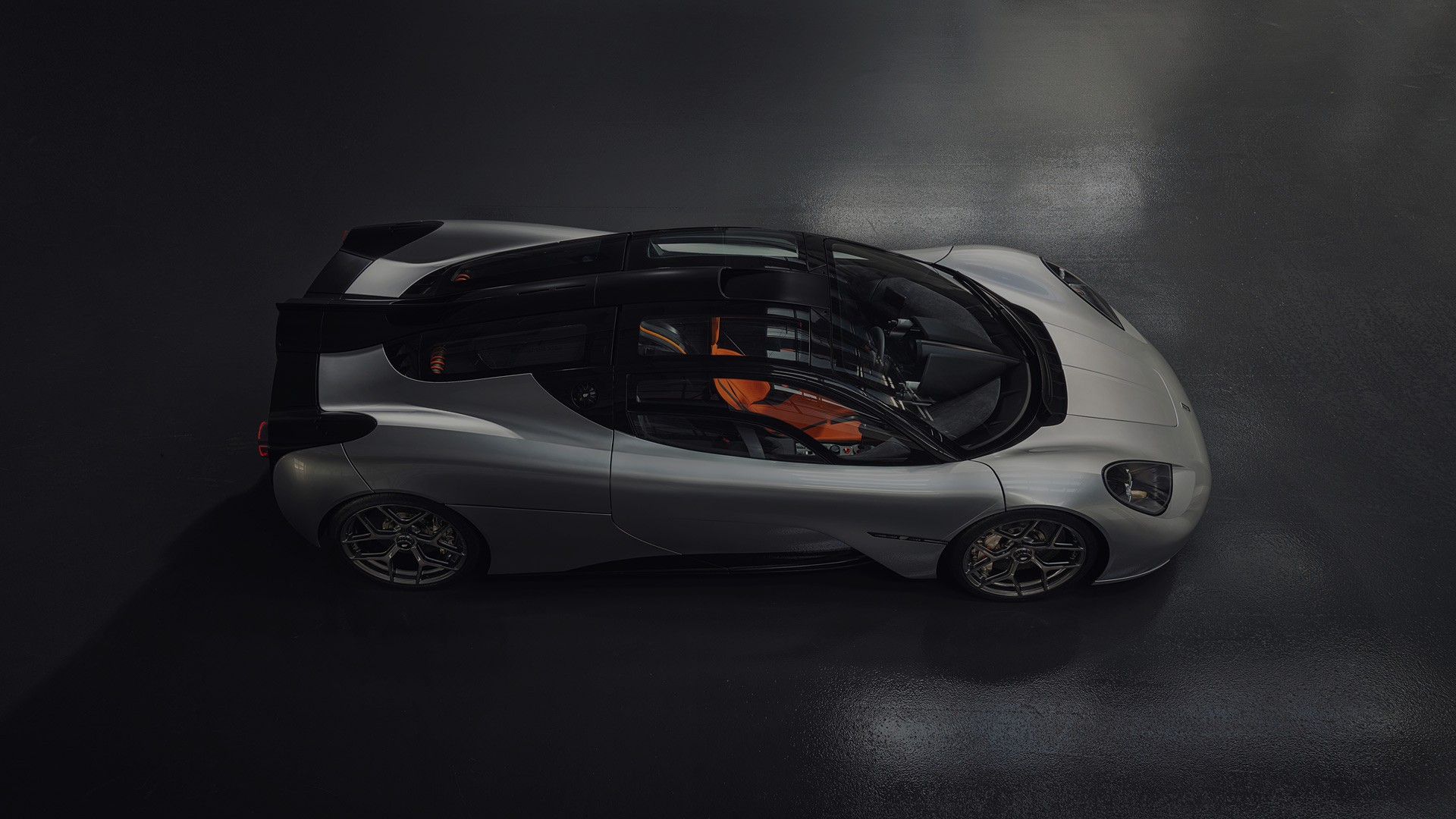October 2025 marks a major milestone for Automobili Lamborghini: the 20th anniversary of its legendary Centro Stile, the in-house design studio that has defined two decades of radical automotive aesthetics and innovation.
Founded in 2005, the Centro Stile Lamborghini became the first in-house design department of its kind for a super sports car manufacturer, setting a trend soon followed by others. From that point onward, every new Lamborghini—from flagship V12s to concept cars, special editions, and one-offs—has emerged under the roof of Sant’Agata’s creative nerve center.
“The Lamborghini Centro Stile is an integral driver of our brand,” said Chairman and CEO Stephan Winkelmann. “For 20 years, it has pushed boundaries, not only shaping extraordinary super sports cars but also influencing worlds beyond automotive—from yachts to architecture and fashion. Design is fundamental to everything Lamborghini represents.”
From Heritage to High Tech
Lamborghini’s design story began long before the Centro Stile. Founder Ferruccio Lamborghini knew the importance of form and emotion, entrusting legends like Franco Scaglione and Carrozzeria Touring with his early GT cars. The 1966 Miura, the 1971 Countach, and the hexagonal themes introduced with the Marzal laid the groundwork for what would become the brand’s visual DNA—bold, futuristic, and unmistakably Lamborghini.
By the late 1990s, after Audi’s acquisition of Lamborghini, plans for an in-house design facility were underway. Belgian designer Luc Donckerwolke, who had joined from Audi, led a new era of creativity with the Murciélago (2002) and Gallardo (2003). These cars redefined Lamborghini’s look for the 21st century—cleaner, more muscular, yet unmistakably dramatic.
“The Murciélago was a defining moment,” recalls current Design Director Mitja Borkert. “It expressed Lamborghini’s emotion and engineering precision in perfect harmony.”
The Birth of the Centro Stile
Encouraged by Audi Group design head Walter de’Silva, Lamborghini officially established the Centro Stile during its 40th anniversary celebrations in 2003. Two years later, under Winkelmann’s leadership, the facility was inaugurated at the brand’s Sant’Agata headquarters—symbolizing complete creative independence and a unified design-to-production process.
When Filippo Perini took the helm in 2006, the Centro Stile exploded with creativity. Cars like the Reventón (2007), Aventador (2011), and Huracán (2013) carried Lamborghini’s new “form follows function” philosophy. The team also experimented with extreme concepts such as the carbon-fiber Sesto Elemento, the GT-inspired Estoque, and the futuristic Asterion PHEV.
“Few-offs like the Reventón defined a new tradition,” says Borkert. “They allowed the Centro Stile to showcase its vision of Lamborghini’s future while honoring its past.”
A New Era Under Mitja Borkert
Since 2016, Borkert has led Lamborghini’s design vision into the hybrid and electric age. Under his direction, the studio expanded both in size and scope, employing over 25 international designers and doubling its creative space.
The team delivered icons like the Urus Super SUV, the Sián, and the all-new Revuelto—the brand’s first High-Performance Electrified Vehicle (HPEV). Each model has carried forward Lamborghini’s hallmark design language: Y-shaped motifs, hexagonal geometry, and fighter jet-inspired interiors that make drivers “feel like a pilot.”
Borkert’s leadership has also pushed Lamborghini to experiment with advanced digital tools, from AI-assisted design to 3D printing of production components—without ever compromising the human artistry that defines Sant’Agata’s creations.
20 Years of Vision — and the Road Ahead
To celebrate two decades of Centro Stile, Lamborghini unveiled the Fenomeno in summer 2025—a few-off V12 HPEV that stands as the most powerful Lamborghini ever built. Its dramatic lines serve as both a tribute and a manifesto for the brand’s design future.
Earlier this year, the Temerario completed the brand’s full hybridization program, making Lamborghini the first super sports car manufacturer in its segment to achieve that feat.
“At Lamborghini, design is never about following trends—it’s about setting them,” Borkert states. “Our Centro Stile continues to embody Ferruccio’s original spirit: to question the status quo, explore the impossible, and create emotion through form.”
Two decades in, Lamborghini’s design center remains not just a studio, but a statement—a living laboratory where artistry, technology, and passion fuse to define the future of the supercar.


